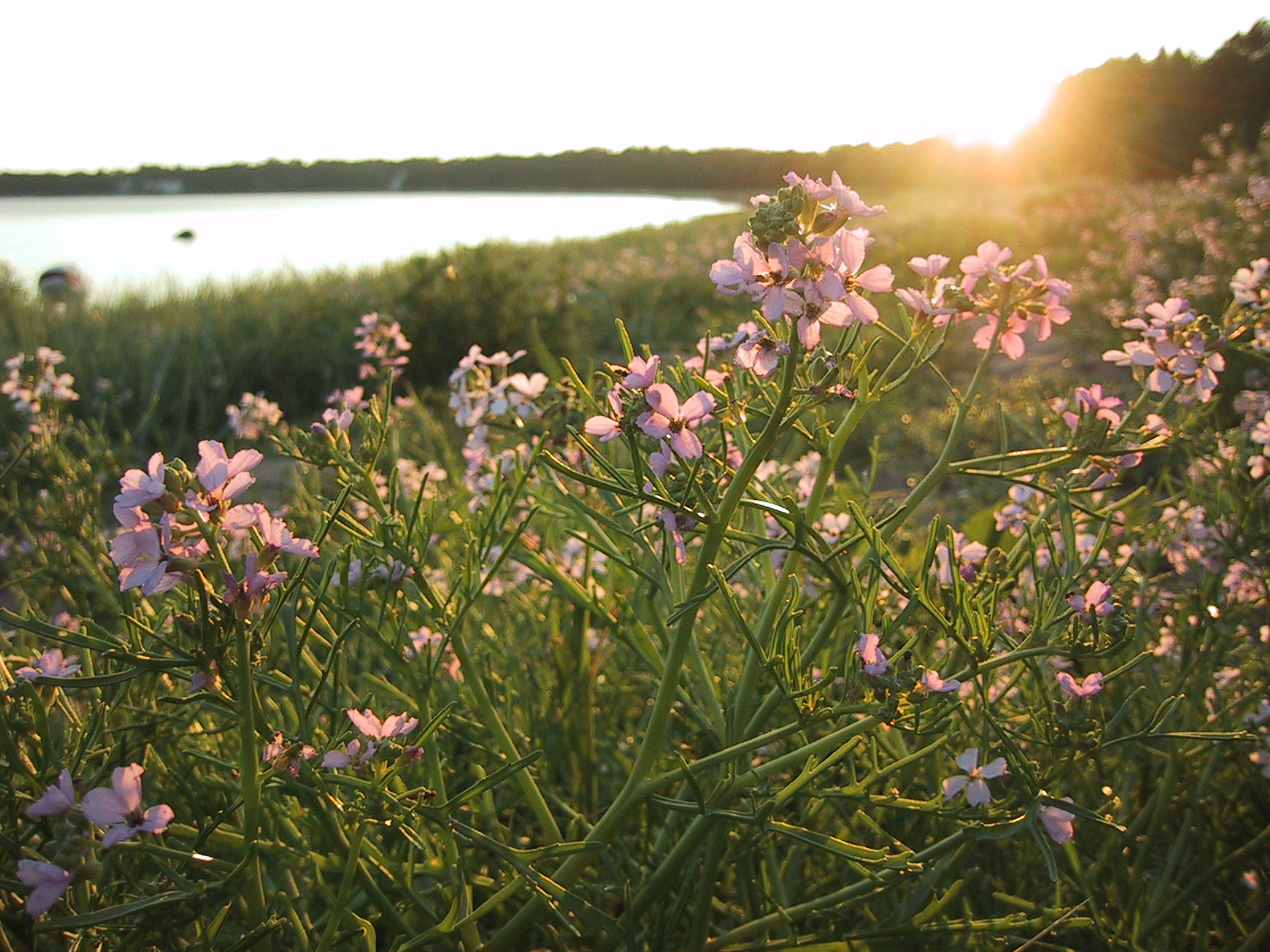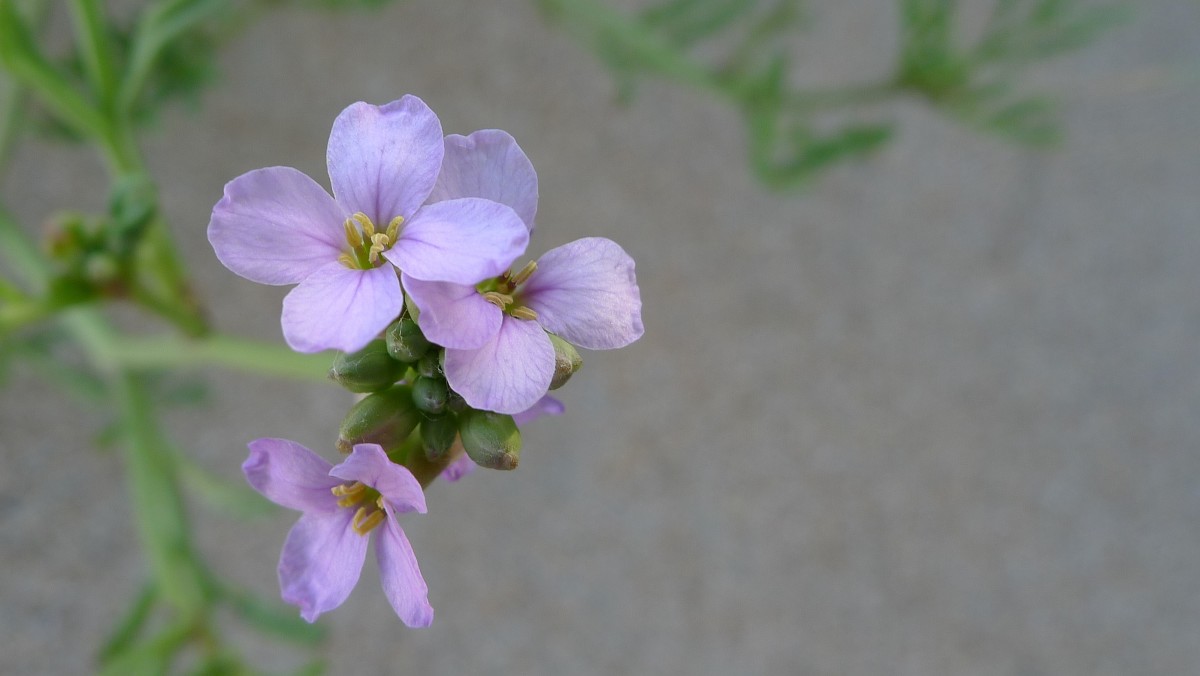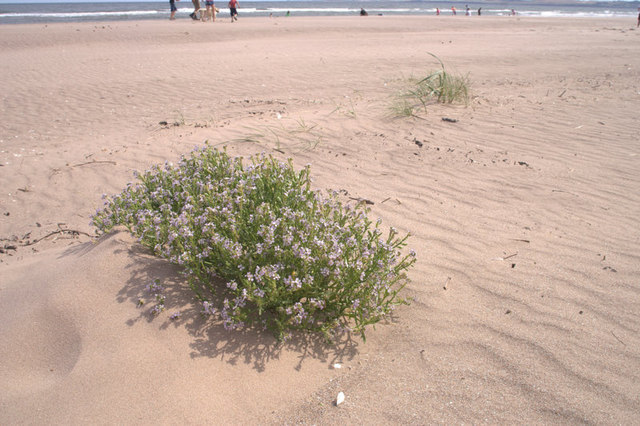
Environment
Eradicating weeds one woof at a time

Plants that interbreed usually create a hybrid, but new research reveals that sometimes a more dominant plant takes over
Published 3 September 2016
About 20,000 years ago, Neanderthal humans and Homo sapiens began to mate, creating hybrid humans.
However, over the years Neanderthal died out, while Homo sapiens thrived and became the dominant species. But Neanderthals left more than their bones behind – they also left behind some of their genes that mixed with modern-day humans.
And it’s not just with animals that this sort of curiosity can occur. Professor Roger Cousens and his team of researchers from the School of BioSciences at the University of Melbourne have discovered this scenario has been repeated by two unlikely genetic competitors – weeds.
Their research was part of an international collaborative effort involving experts from Canada and the United States into weed invasion across Australia, and published in the science journal Proceedings of the National Academy of Science of the United States of America.

Hybridisation is when two or more plants from different species interbreed with each other, creating new type of species. While many people think that hybridisation can lead to better, stronger species, that isn’t always the case.
In the case of the American Sea Rocket and European Sea Rocket, the two plants cross-pollinated, but instead of creating a permanent hybrid, the European plant took over, with only a few genes from the American plant left over to show for its existence in much of Australia.
“The result is that the new European Sea Rocket isn’t any more vigorous than it previously was. Its performance as an invader hasn’t really been affected,” Professor Cousens says.
Much like Neanderthal humans, the American species is pretty much gone, with just a small portion left in southern Tasmania and northern NSW and Queensland.
The American Sea Rocket (Cakile edentula) arrived in Australia in the 1850s, first in Victoria and then quickly spreading to the west, north and south. It was joined about 50 years later by the European Sea Rocket (C. maritima).
To the naked eye, both weeds look quite similar – they are often described as a short shrub, even though they are in fact fleshy annuals - with bright green foliage and small white and lilac petals.
There is one significant difference, though – under Australian conditions, the European version germinates twice a year, during autumn and spring, while its American cousin only germinates during spring.
“The European Sea Rocket can grow over winter, and because our winters aren’t that bad, the plant can thrive. And when it starts to flower in summer, it gets bigger, so it has a head start,” Professor Cousens says.
This “head start” could be a reason why the European Sea Rocket dominated and has essentially obliterated the American Sea Rocket.
Professor Cousens says that while policy makers in bio-security and researchers usually consider invading species as independent events, what has happened with the sea rockets shows that the sequence in which they invade can be crucial.
“By doing computer modelling, what we’ve managed to do is show that not only can hybridisation be really important, but it can be important in different ways than how people have guessed before.

“Our conclusion is that if the European species had got here first, it would have had problems establishing itself. But because the American version was already here, that enabled the European weed to thrive.”
The reason for that is because of each plant’s reproduction system.
“The European species needed multiple individuals of its own species in order to reproduce; if only one of them arrived, it would not have succeeded. But because the America one was here, it could use that as something to mate with.”
Researchers believe the European Sea Rocket has used its American counterpart to gain a foothold in the landscape, and the subsequent behaviour of pollinators favouring the European genes has resulted in a “pure European Sea Rocket, more or less”.
While both sea rockets are classified as invaders, that doesn’t mean they don’t have redeeming qualities - the European Sea Rocket has many uses.

Environment
Eradicating weeds one woof at a time
“The European Sea Rocket is a source of nectar for both native butterflies and exotic honey bees and native parrots eat the seeds. So there’s lots of positive and negatives aspects of the species.”
The Department of Economic Development, Jobs, Transport and Resources has commended the plants as being useful for helping to stabilise sand dunes.
While Professor Cousens has spent his career investigating plant ecology and biosecurity, what motivated this particular research project was to prove another academic wrong.
“There were claims made by a visiting US scientists, who studied one beach in Australia and one beach in Canada, and he was making claims about what was happening to these two species across the whole of Australia.
“His claim was that in Australia we don’t have two distinctive species anymore, but a hybrid swarm,” Professor Cousens says. “I didn’t think much of the paper, so I wanted to check if he was right or not.”
To a certain degree, Professor Cousens says, the academic was right, but for the wrong reason.
“We’ve shown that there’s been gene flow between the two species. But because of this mechanism, it’s not a hybrid swarm. One species has essentially gone extinct and the other is carrying a few of its genes.”
Banner Image: Sea Rocket. Picture: en.wikipedia.org/wiki/Cakile